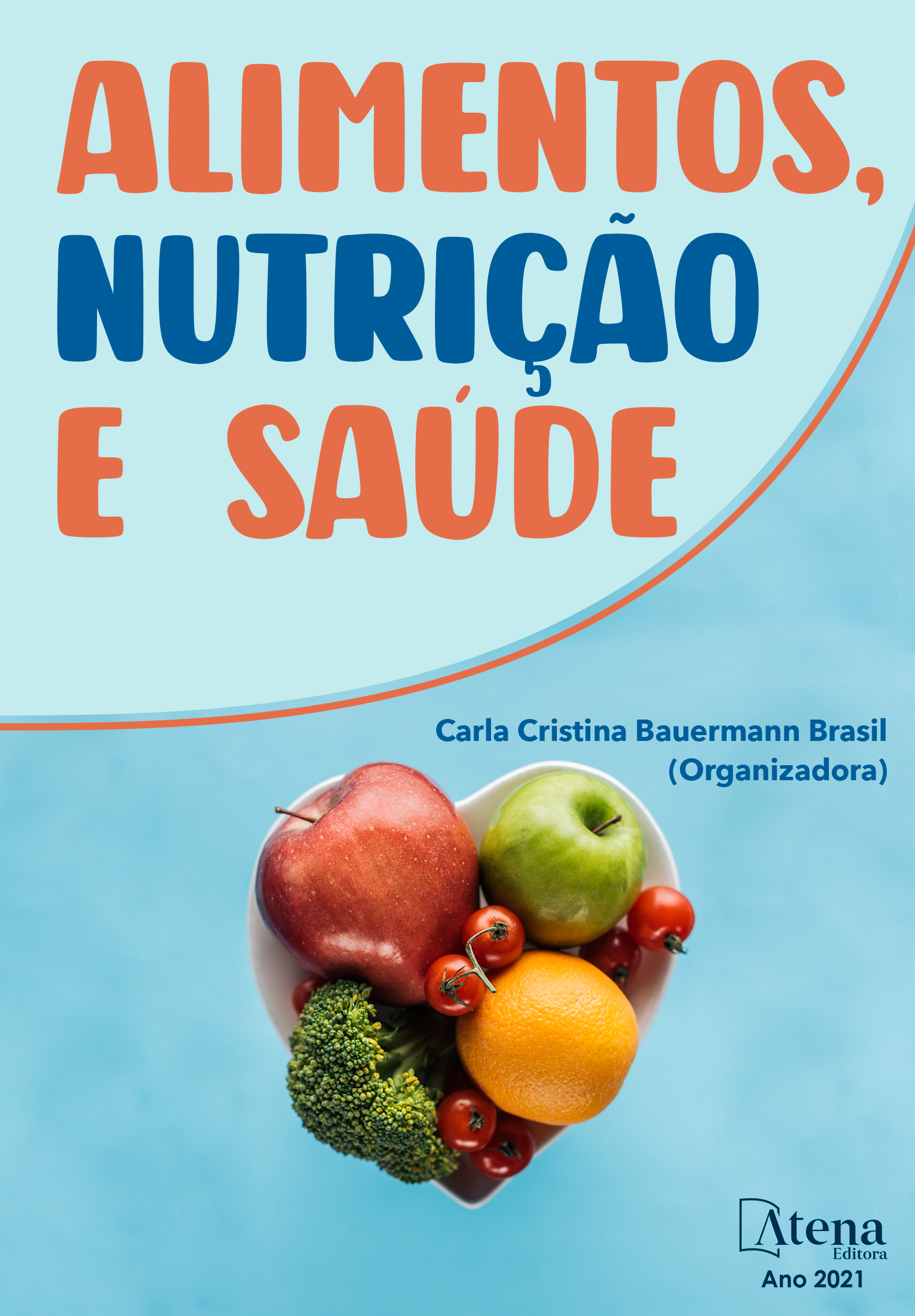
EVOLUÇÃO NUTRICIONAL DE UM PACIENTE COM MIELOMA MÚLTIPLO SUBMETIDO A TRANSPLANTE AUTÓLOGO DE CÉLULAS TRONCO HEMATOPOIÉTICAS
: Introdução: O mieloma múltiplo (MM) se caracteriza como uma neoplasia clonal de células B, estando entre as indicações mais frequentes para transplante de células tronco hematopoiéticas (TCTH), que consiste na substituição de células-tronco hematopoéticas a partir de células-tronco hematopoéticas normais obtidas de medula óssea. Objetivo: acompanhar a evolução nutricional de um paciente com MM desde o momento de sua internação para o TCTH autólogo, até sua alta hospitalar e primeira consulta ambulatorial. Metodologia: Estudo de caso desenvolvido durante estágio curricular em hospital de ensino localizado no interior do estado do Rio Grande do Sul, com acompanhamento de um paciente com MM. O acompanhamento ocorreu através de triagem nutricional (ASG), anamnese alimentar, classificação do nível de assistência nutricional e avaliação do estado nutricional através de parâmetros: Índice de Massa Corporal (IMC) para idosos, percentual de perda de peso, análise de exames bioquímicos, cálculo diário de balanço calórico e consulta ambulatorial pós alta hospitalar. Resultados e Discussão: Pela ASG o paciente fez pontuação 17, classificado como desnutrido moderadamente e nível terciário de assistência. Segundo a avaliação nutricional o mesmo encontrava-se em eutrofia, com IMC durante a internação de 24,5 Kg/m², porém apresentando perda de peso grave em um mês (11,13%). Para os cálculos de balanço energético foi considerado 30 Kcal/Kg/peso atual, resultando em 2256 Kcal/dia, com menor percentual consumido por dia de 4,18% e maior de 113,12%, com média de 58,41%. Na alta foi realizado orientação nutricional pós TCTH e prescrito suplemento via oral hipercalórico e hiperproteico 1 vez/dia. Na consulta ambulatorial notou-se manutenção do peso desde a alta, observou-se que o paciente ingeria alimentos em todas as consistências e grupos alimentares, sendo reforçadas orientações para imunodepressão. Conclusão: O acompanhamento nutricional permitiu minimizar os efeitos da desnutrição no pós transplante imediato e no acompanhamento ambulatorial.
EVOLUÇÃO NUTRICIONAL DE UM PACIENTE COM MIELOMA MÚLTIPLO SUBMETIDO A TRANSPLANTE AUTÓLOGO DE CÉLULAS TRONCO HEMATOPOIÉTICAS
-
DOI: 10.22533/at.ed.05121200819
-
Palavras-chave: Mieloma múltiplo; Neoplasia; Avaliação nutricional.
-
Keywords: Multiple myeloma; Neoplasm; Nutritional assessment.
-
Abstract:
Introduction: Multiple myeloma (MM) is characterized as a B cell clonal neoplasia, being among the most frequent indications for hematopoietic stem cell transplantation (HSCT), which consists of the replacement of hematopoietic stem cells from hematopoietic stem cells. normal values obtained from bone marrow. Objective: to follow the nutritional evolution of a patient with MM from the moment of his admission to autologous HSCT, until his discharge from the hospital and his first outpatient consultation. Methodology: Case study developed during a curricular internship at a teaching hospital located in the interior of the state of Rio Grande do Sul, with monitoring of a patient with MM. Follow-up took place through nutritional screening (SGA), food anamnesis, classification of the level of nutritional assistance and assessment of nutritional status using parameters: Body Mass Index (BMI) for the elderly, weight loss percentage, analysis of biochemical tests, daily calculation of caloric balance and outpatient consultation after hospital discharge. Results and Discussion: According to the SGA, the patient scored 17, classified as moderately malnourished and tertiary level of assistance. According to the nutritional assessment, he was eutrophic, with a BMI during hospitalization of 24.5 kg / m2, but with severe weight loss in one month (11.13%). For the energy balance calculations, 30 Kcal / Kg / current weight was considered, resulting in 2256 Kcal / day, with a lower percentage consumed per day of 4.18% and greater of 113.12%, with an average of 58.41%. At discharge, nutritional counseling was performed after HSCT and a hypercaloric and hyperprotein oral supplement was prescribed 1 time / day. In the outpatient consultation, weight maintenance was noted since discharge, it was observed that the patient ate food in all consistencies and food groups, and guidelines for immunodepression were reinforced. Conclusion: Nutritional monitoring allowed to minimize the effects of malnutrition in the immediate post-transplant and outpatient follow-up.
-
Número de páginas: 11
- Giovana Cristina Ceni
- Leticia Petter Bianca
- Thalia Dalla Porta Veiga
- Sabrina Till da Rosa


